Home>Interior Design>Should A Sofa Be Lighter Or Darker Than Walls? We Ask The Designers In The Know
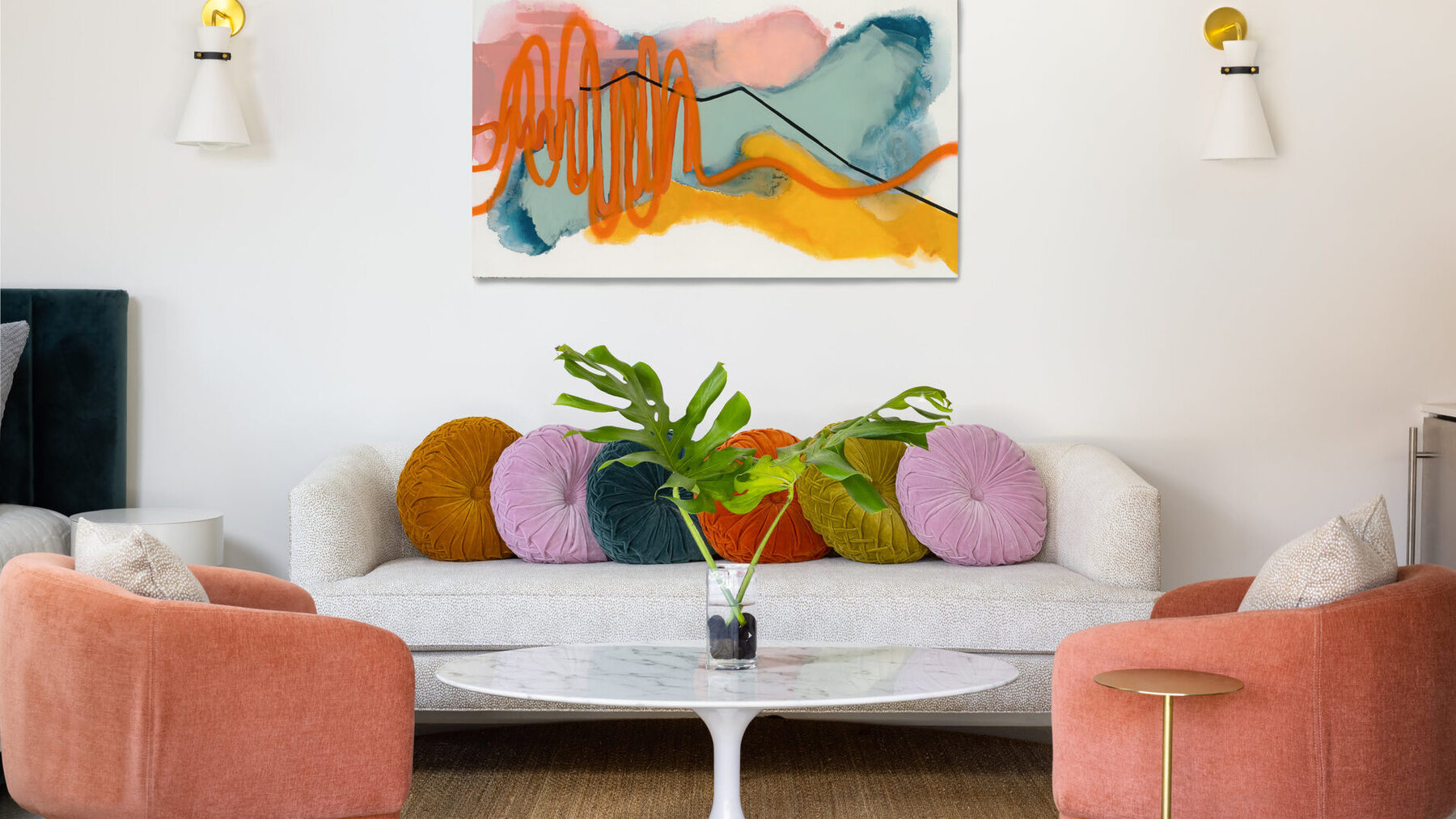

Interior Design
Should A Sofa Be Lighter Or Darker Than Walls? We Ask The Designers In The Know
Modified: January 19, 2024
Discover the experts' advice on whether a sofa should be lighter or darker than your walls for a stylish interior design.
(Many of the links in this article redirect to a specific reviewed product. Your purchase of these products through affiliate links helps to generate commission for Storables.com, at no extra cost. Learn more)
Introduction
When it comes to interior design, the choice of colors plays a crucial role in creating a harmonious and visually appealing space. From walls to furniture, each element contributes to the overall aesthetic. One major consideration is the color of the sofa in relation to the color of the walls. Should the sofa be lighter or darker than the walls? This question often perplexes homeowners, but fear not, we’ve reached out to some top interior designers to give us their expert opinions.
Color can completely transform the mood and atmosphere of a room. It has the power to make a space feel cozy and intimate, or bright and spacious. The colors of the walls and the sofa are especially important, as they are usually the largest surfaces in a room and have a significant impact on the overall visual impact.
Choosing the right color for your sofa can be a daunting task, especially when considering the other elements in the room. However, it ultimately depends on your personal preferences and the overall design concept you wish to achieve. Let’s explore the arguments for both lighter and darker sofas and see what insights the designers have to offer.
Key Takeaways:
- The color of your sofa in relation to the walls should be chosen based on factors such as room size, natural lighting, and personal style preferences to create a balanced and visually appealing space.
- Lighter-colored sofas can create a sense of spaciousness and versatility, while darker-colored sofas add sophistication and coziness, but ultimately, the decision should align with your personal style and the mood you want to evoke in the room.
Considering the Color of Sofas and Walls
When deciding on the color of your sofa in relation to the walls, it’s essential to consider the overall color scheme and style of the room. The color of the walls sets the foundation for the space, and the color of the sofa should complement and enhance this foundation.
One approach is to create contrast between the sofa and the walls. If your walls are light in color, opting for a darker sofa can create a striking visual impact. Conversely, if your walls are already dark, a lighter sofa can provide a refreshing contrast. This contrast can add depth and interest to the space, making it visually appealing and dynamic.
On the other hand, if you prefer a more cohesive and harmonious look, you can choose a sofa that is similar in color or tone to the walls. This creates a seamless flow and a sense of unity within the space. For instance, if your walls are painted in a soft and muted tone, selecting a sofa in a similar shade can create a serene and calming atmosphere.
Another aspect to consider is the style and theme of the room. If you are going for a modern and minimalistic aesthetic, opting for a monochromatic color scheme with a sofa that matches the walls can create a sleek and cohesive look. On the other hand, if you are aiming for a more eclectic and vibrant style, choosing a sofa in a contrasting color can add a pop of personality and energy to the room.
In the end, the color of the sofa in relation to the walls comes down to personal preferences and the desired mood and style of the room. Seeking the advice of a professional interior designer can provide valuable insights and guidance in making the right color choices.
The Importance of Balance in Interior Design
Balance is a key principle in interior design – it ensures that all the elements in a space work harmoniously together. When considering the color of your sofa in relation to the walls, achieving balance is crucial to creating a visually pleasing and well-designed room.
Balance can be achieved in two ways: symmetrical and asymmetrical. Symmetrical balance means that the room is evenly balanced with identical or similar elements on both sides. Asymmetrical balance, on the other hand, involves a deliberate arrangement of different elements that still create a sense of balance through visual weight and placement.
When it comes to the color of your sofa and walls, balance can be achieved by considering factors such as the size of the room, the natural lighting, and the other decorative elements in the space. If your room is small, for example, a lighter-colored sofa can help create the illusion of more space, while darker walls can make the room feel more intimate and cozy.
In a larger room, you have more flexibility to play with contrasting colors. You can consider using a darker-colored sofa against lighter walls to anchor the space and create a focal point. Alternatively, lighter-colored walls with a darker sofa can create a sense of balance and prevent the room from feeling too overpowering.
It’s also essential to consider the natural lighting in the room. If your space is flooded with natural light, a darker colored sofa can help to balance the brightness of the room and create a grounding effect. On the other hand, if your room is lacking in natural light, lighter-colored walls and a sofa can help brighten the space and make it feel more open and airy.
Lastly, don’t forget to take into account the other decorative elements in the room, such as rugs, curtains, and artwork. These elements can also contribute to the overall balance and color scheme of the space. Take the time to consider how the colors of these elements interact with the sofa and walls, ensuring that they complement each other and create a cohesive look.
Keeping balance in mind when choosing the color of your sofa in relation to the walls will ensure that the room feels visually pleasing and well-designed. Striking the right balance will not only create a sense of harmony but also contribute to the overall comfort and functionality of the space.
The Argument for Lighter Sofas
Lighter-colored sofas have their own set of advantages when it comes to interior design. One major benefit is that they can make a room feel more spacious and open. When paired with lighter walls, a light-colored sofa can create a sense of airiness and brightness in the space.
If you have a small room or limited natural light, opting for a lighter-colored sofa can help maximize the perceived size of the space. The light tones reflect more light, making the room appear larger and more expansive. This can be particularly effective in small apartments or rooms with low ceilings.
Lighter-colored sofas also have the advantage of being versatile and adaptable to different design styles. They can seamlessly blend with a variety of color schemes and patterns, making them a safe choice if you like to switch up your decor. Whether you prefer a modern or traditional design, a light-colored sofa can effortlessly fit into your desired aesthetic.
Another advantage of lighter-colored sofas is their ability to show less dirt and wear. Lighter fabrics are often more forgiving when it comes to stains and spills, as they can be easily cleaned or disguised. This makes them a practical choice for families or households with pets, where accidents may happen from time to time.
In terms of creating a calming and serene atmosphere, lighter-colored sofas can help promote a sense of relaxation and tranquility. Soft shades of beige, ivory, or pastel tones can create a soothing ambiance, perfect for unwinding at the end of the day. They can also act as a neutral backdrop for other elements in the room, allowing you to easily incorporate pops of color through accessories and accent pieces.
Ultimately, the choice of a lighter-colored sofa depends on your personal style preferences, the desired mood of the room, and the functionality you require. Consider factors such as the size of the room, lighting conditions, and the overall color scheme to determine whether a lighter sofa will best suit your needs.
The Argument for Darker Sofas
While lighter-colored sofas offer their own set of benefits, there are compelling arguments for choosing darker-colored sofas in interior design. Darker sofas can add a touch of sophistication and elegance to a space, creating a sense of luxury and refinement.
One advantage of darker sofas is their ability to create a strong visual impact. Against lighter walls, a dark-colored sofa can serve as a focal point and draw attention to the seating area. This can be particularly effective in larger rooms, where the darker color can anchor the space and create a sense of balance.
Darker-colored sofas also have the advantage of being more forgiving when it comes to stains and wear. Unlike lighter fabrics that may show signs of dirt and spills more easily, dark-colored fabrics can hide imperfections, making them a practical choice for homes with children or pets.
Another benefit of darker sofas is their ability to create a cozy and intimate atmosphere. Darker tones such as charcoal gray, chocolate brown, or navy blue can evoke a sense of warmth and comfort. This makes them a perfect choice for living rooms or family spaces where you want to create a cozy gathering area.
In terms of design versatility, dark-colored sofas can be a great choice for those who enjoy experimenting with bold and dramatic color schemes. They can serve as a beautiful contrast against brightly colored or patterned walls, adding depth and visual interest to the space. Darker sofas can also serve as a canvas for showcasing colorful pillows, throws, and other accessories that can be easily switched out to refresh the room’s look.
When it comes to creating a more formal and sophisticated ambiance, darker-colored sofas are often the go-to choice. They can add a sense of elegance and create a statement in the room. A dark-colored sofa paired with richly colored walls, luxurious textures, and elegant lighting fixtures can create a truly stunning and refined space.
Ultimately, the decision to choose a darker-colored sofa depends on your personal style preferences, the desired mood of the room, and the overall design concept. Consider factors such as the size of the room, lighting conditions, and the desired level of formality to determine whether a darker sofa will best suit your space.
A lighter sofa can create a spacious and airy feel, while a darker sofa adds depth and coziness. Consider the overall mood and style you want to achieve in the room when choosing the sofa color.
Finding the Right Shade for Your Space
Choosing the right shade for your sofa is a crucial step in achieving a cohesive and visually appealing interior design. To find the perfect shade, consider the following factors:
1. Room Size: Take into account the size of the room when selecting the sofa shade. In smaller spaces, lighter shades can create the illusion of more space, while darker shades can add depth and coziness to larger rooms.
2. Natural Light: Consider the amount of natural light the room receives. Rooms with abundant sunlight can handle darker shades without feeling too heavy, while rooms with limited natural light may benefit from lighter shades to enhance brightness.
3. Color Scheme: Think about the existing color scheme of the room. If you have already chosen a specific color palette, find a sofa shade that complements or enhances those colors. A cohesive color scheme creates a harmonious and well-designed space.
4. Style and Mood: Determine the style and mood you want to evoke in the room. Lighter shades can create a softer and more serene atmosphere, while darker shades can add drama and sophistication. Consider the overall ambiance you want to achieve and select a shade that aligns with that vision.
5. Durability and Maintenance: Consider the practicality of the shade you choose. Lighter shades may show signs of wear and stains more easily, while darker shades can be more forgiving. Think about your lifestyle and how much maintenance your sofa shade can withstand.
6. Personal Preference: Finally, trust your instincts and personal style preferences. Your sofa should be a reflection of your taste and personality. Choose a shade that you love and that brings you joy every time you enter the room.
It can be helpful to gather swatches of different shades and place them in the room to see how they interact with the lighting and other elements. This will give you a better sense of how the shade will look in your space before making a final decision. Additionally, consulting with an interior designer can provide valuable insights and guidance to help you find the perfect shade for your sofa.
Remember, finding the right shade for your sofa is about creating a balanced and visually appealing space that aligns with your personal style and the overall design concept of the room. Take your time, consider the factors mentioned above, and trust your intuition to select a shade that will enhance the beauty and functionality of your space.
The Impact of Lighting on Sofa and Wall Colors
Lighting plays a crucial role in interior design and has a significant impact on how colors are perceived. Understanding the interaction between lighting and the colors of your sofa and walls is essential in creating the desired atmosphere and visual effect in your space.
1. Natural Lighting: The natural light that enters a room throughout the day can dramatically affect the appearance of colors. Depending on the direction and intensity of the sunlight, colors can appear warmer or cooler, brighter or muted. For example, a north-facing room tends to have cooler light, making colors appear more crisp and vibrant, while a south-facing room receives warmer light, enhancing the richness of colors.
When selecting the colors for your sofa and walls, consider the orientation of your room and the impact it will have on the perceived color. If your room receives a lot of natural light, warmer shades on the walls and a lighter sofa fabric can help balance the brightness. In a room with limited natural light, lighter wall colors and a darker sofa can help brighten the space.
2. Artificial Lighting: The type and placement of artificial lighting fixtures can also influence the color appearance in your space. Different light bulbs emit different shades of light, ranging from warm (yellowish) to cool (bluish) tones.
If you have warm-toned lighting fixtures, it is important to consider how they will interact with the colors of your sofa and walls. Warm lighting can intensify warm-colored walls and create a cozy and inviting atmosphere. Conversely, cool-toned lighting can amplify cool-colored walls, creating a more serene and modern ambiance.
3. Lighting Positioning: The placement and direction of light fixtures can create dramatic effects on the colors in your space. Spotlighting your sofa with accent lighting can draw attention to its color and texture, adding depth and interest. Similarly, wall-mounted lights can create a wash of light that enhances the color of the walls.
Consider experimenting with different lighting positions and intensities to see how they affect the colors of your sofa and walls. It can make a significant difference in creating the desired mood and visual impact in your space.
4. Lighting Control: Having the ability to control the lighting in your space is essential in optimizing the appearance of colors. Dimmers and smart lighting systems can enable you to adjust the intensity and color temperature of your lights, allowing you to create different atmospheres and highlight specific features in your room.
By having control over the lighting, you can adapt the color scheme of your room to various activities and occasions. From cozy and intimate evenings to bright and energetic gatherings, lighting control adds another layer of flexibility to the colors of your sofa and walls.
When selecting the colors for your sofa and walls, be mindful of how lighting will interact with them. Experiment with different natural and artificial lighting conditions to get a sense of how the colors will appear in different scenarios. This will help you make informed decisions and create a harmonious and visually captivating space.
Expert Advice from Interior Designers
When it comes to making decisions about the color of your sofa in relation to the walls, the expertise of interior designers can provide valuable insights. We reached out to a few designers to gather their expert advice on the matter.
1. Caroline Thompson: Caroline emphasizes the importance of considering the overall visual flow of the room. She suggests that if you want a cohesive and serene space, opt for a sofa that is in the same color family as the walls. However, she also encourages incorporating contrast to create visual interest.
2. Jason Mitchell: Jason advises considering the lighting conditions and the size of the space when choosing the shade of your sofa. He suggests that in smaller rooms, lighter-colored sofas can make the room feel more open and spacious, while darker-colored sofas can add a sense of coziness and depth.
3. Emma Carter: Emma believes that it’s essential to strike a balance between the sofa and wall colors. She suggests that if you have bold and vibrant walls, choosing a neutral-colored sofa can prevent the room from feeling too overpowering. On the other hand, if your walls are neutral, a bold and colorful sofa can add personality and excitement to the space.
4. Michael Johnson: Michael emphasizes the consideration of a room’s overall style and the mood you want to evoke. He suggests that if you want a more modern and sleek look, selecting a monochromatic color scheme with a sofa that matches the walls can create a sophisticated and streamlined aesthetic.
5. Amy Lee: Amy recommends taking into account your personal preferences and the functionality of the space. She suggests that if you have young children or pets, darker-colored sofas can be more practical as they can hide stains and wear more easily.
It is clear that each designer has their own unique approach and perspective. Ultimately, their advice highlights the importance of considering factors such as visual flow, lighting conditions, room size, style, practicality, and personal preferences when choosing the color of your sofa in relation to the walls.
While their insights can guide you in making informed decisions, it is important to remember that your home is a reflection of your personal style and taste. Take their advice as a starting point, but trust your instincts and create a space that brings you joy and comfort.
Conclusion
Choosing the right color for your sofa in relation to the walls is a significant decision in interior design. It sets the tone for the room, impacts the visual flow, and contributes to the overall ambiance and style you want to achieve. Throughout this article, we explored the arguments for both lighter and darker sofas, considering factors such as room size, natural lighting, color schemes, and personal preferences.
Lighter-colored sofas offer advantages in creating a sense of spaciousness, versatility in style, and practicality in terms of maintenance. On the other hand, darker-colored sofas add sophistication, create a cozy atmosphere, and give you more flexibility in terms of design schemes.
However, it is important to remember that there are no hard and fast rules in interior design. The decision ultimately comes down to your personal style, the mood you want to evoke, and the functionality that suits your lifestyle. Whether you choose a lighter or darker sofa, the key is to achieve a sense of balance and harmony within the space.
Consider the overall color scheme, room size, lighting conditions, and the advice of interior designers to guide your decision-making process. Experiment with swatches, visualize how different colors interact with the lighting, and trust your instincts to find the right shade for your sofa and walls.
Remember, interior design is a journey and your preferences may evolve over time. Be open to experimenting and embracing change to create a space that truly reflects your personality and brings you joy.
So, should a sofa be lighter or darker than the walls? The answer is, it depends. Ultimately, it’s about finding the perfect balance and creating a space that feels beautiful, comfortable, and uniquely yours.
Frequently Asked Questions about Should A Sofa Be Lighter Or Darker Than Walls? We Ask The Designers In The Know
Was this page helpful?
At Storables.com, we guarantee accurate and reliable information. Our content, validated by Expert Board Contributors, is crafted following stringent Editorial Policies. We're committed to providing you with well-researched, expert-backed insights for all your informational needs.
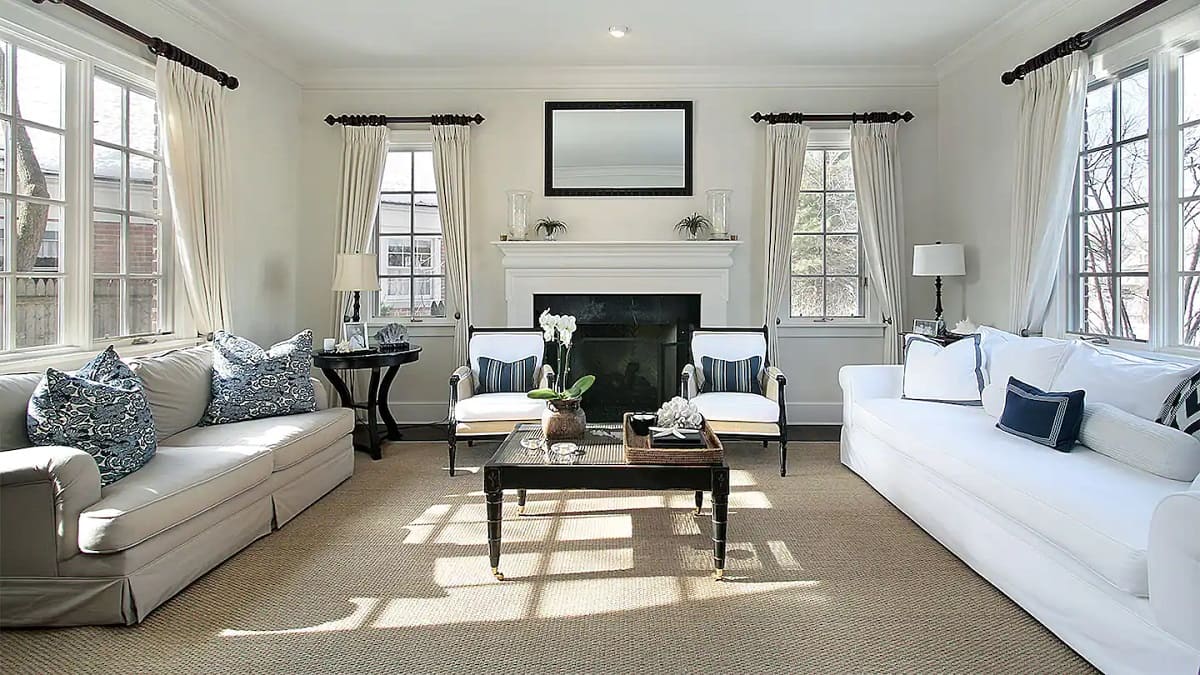
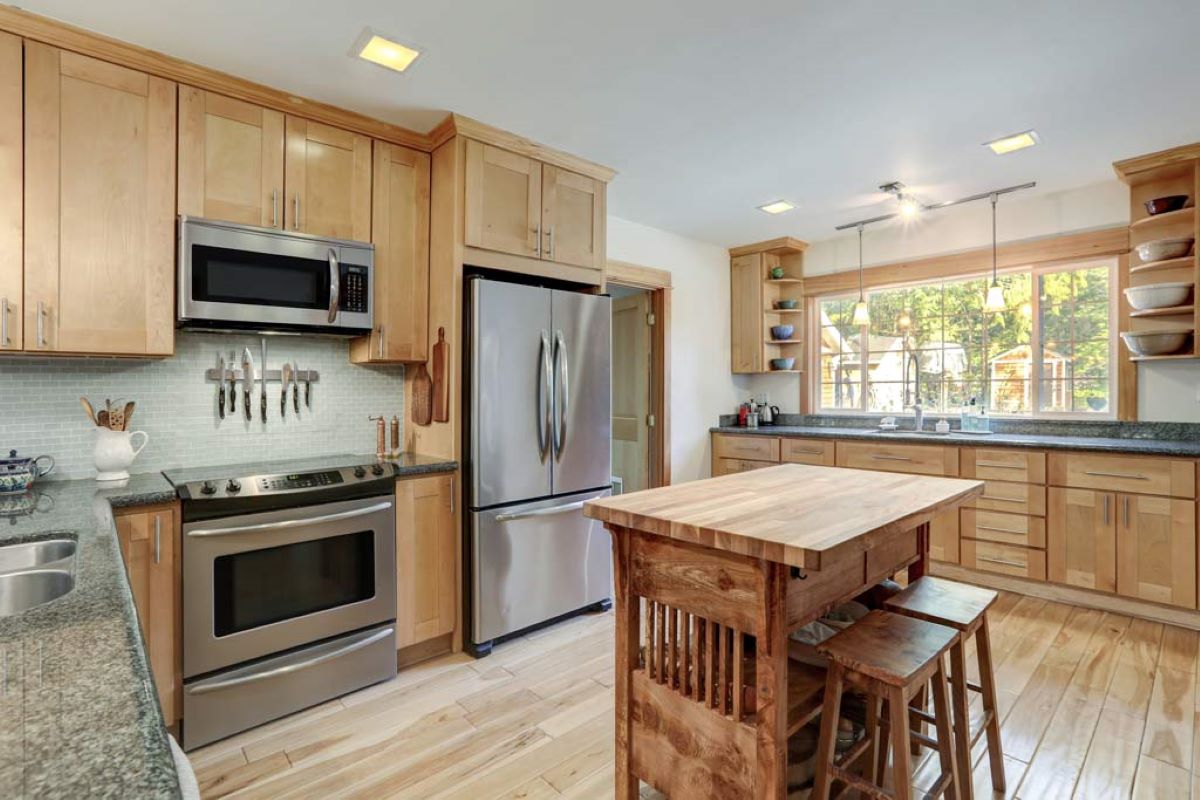
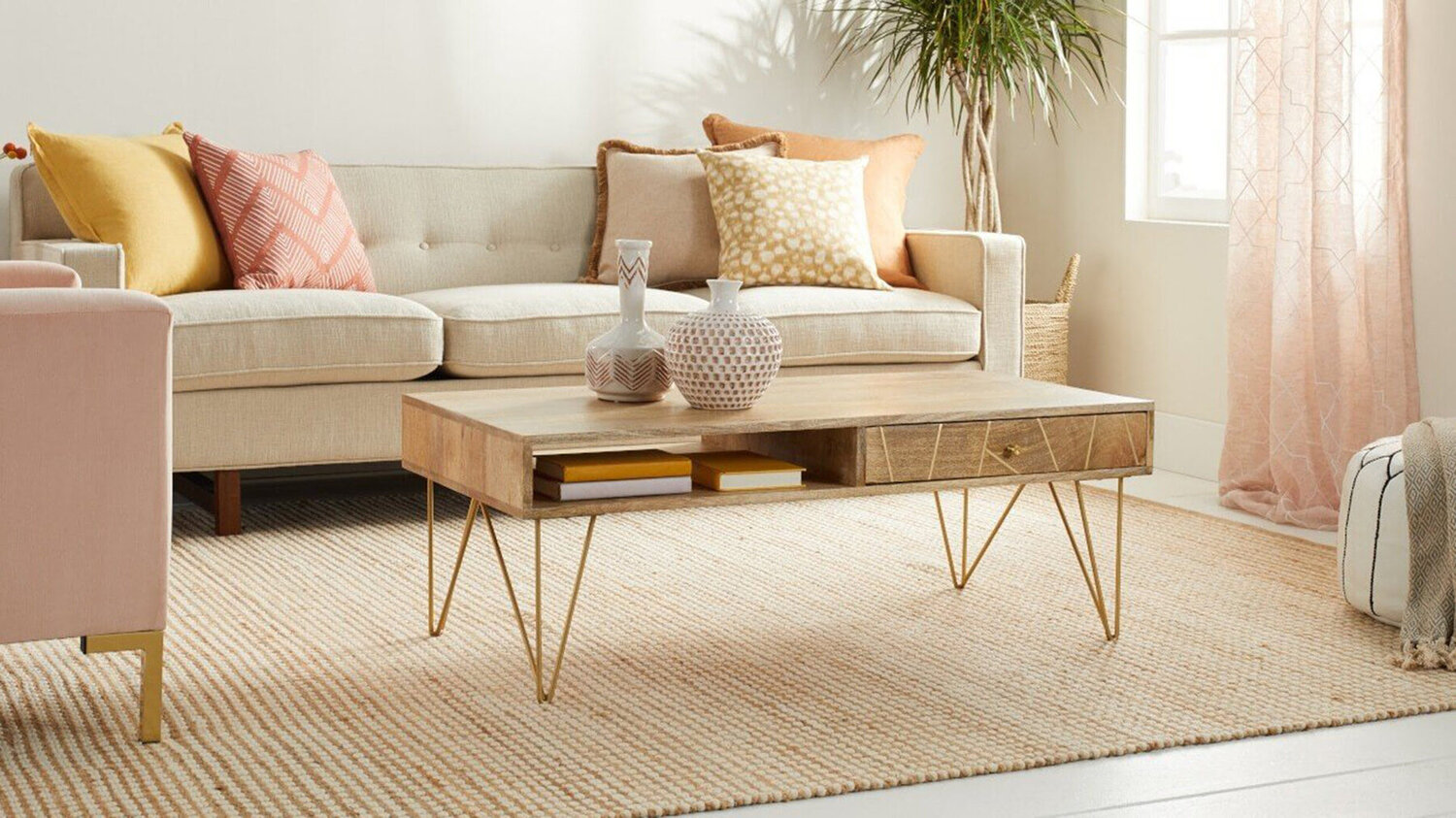
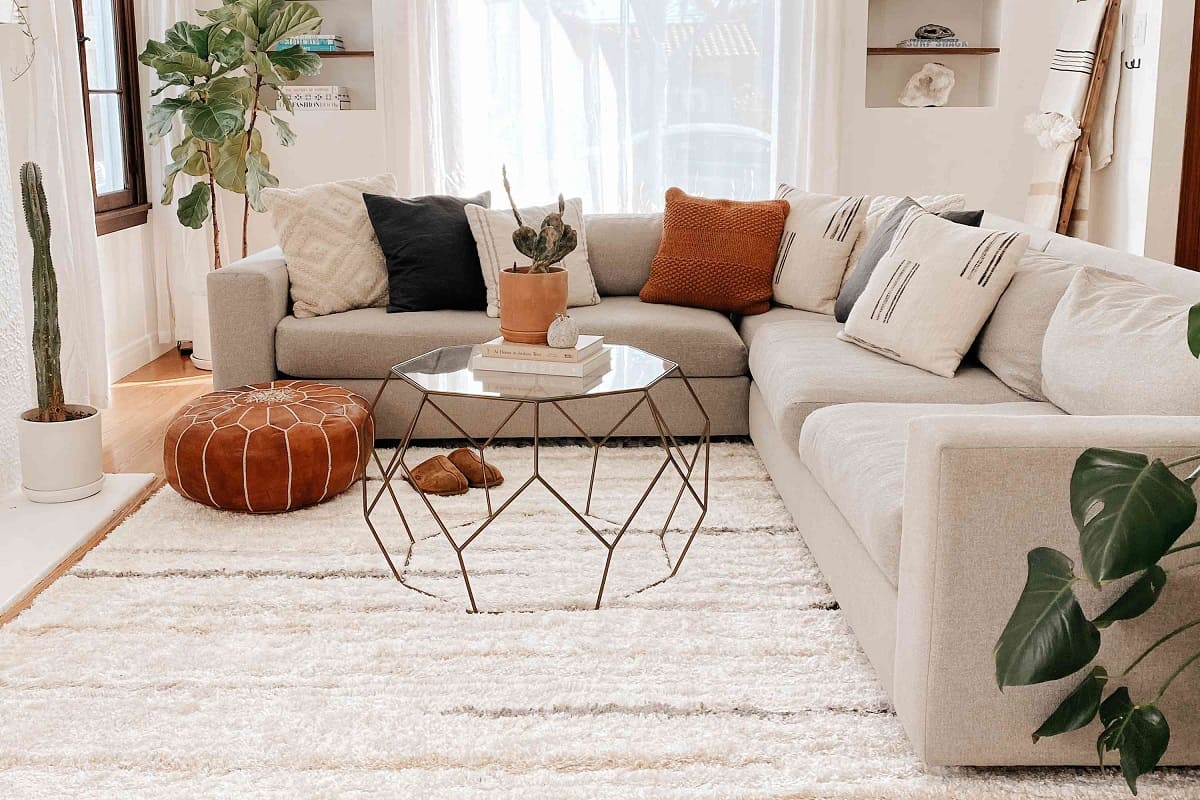
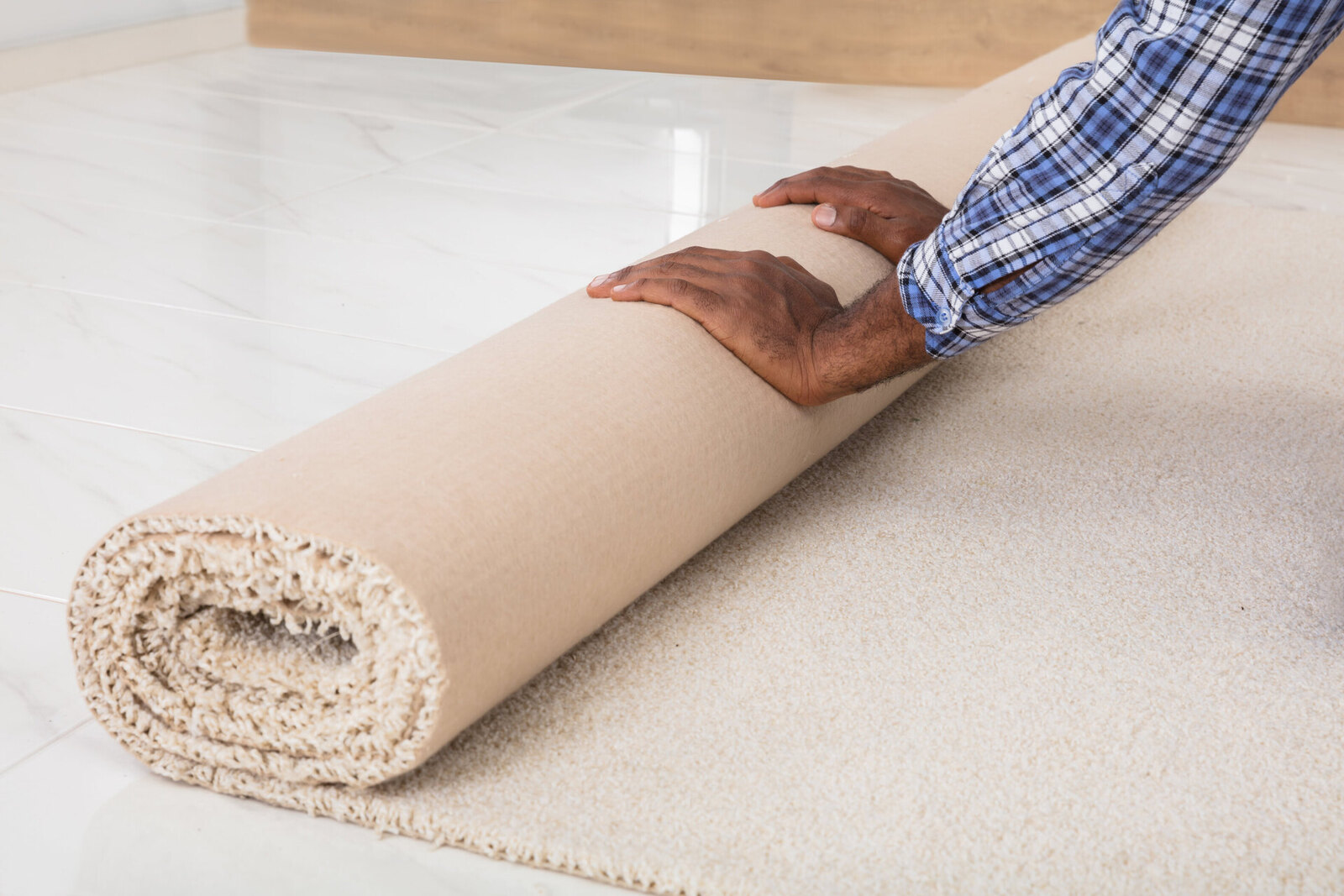

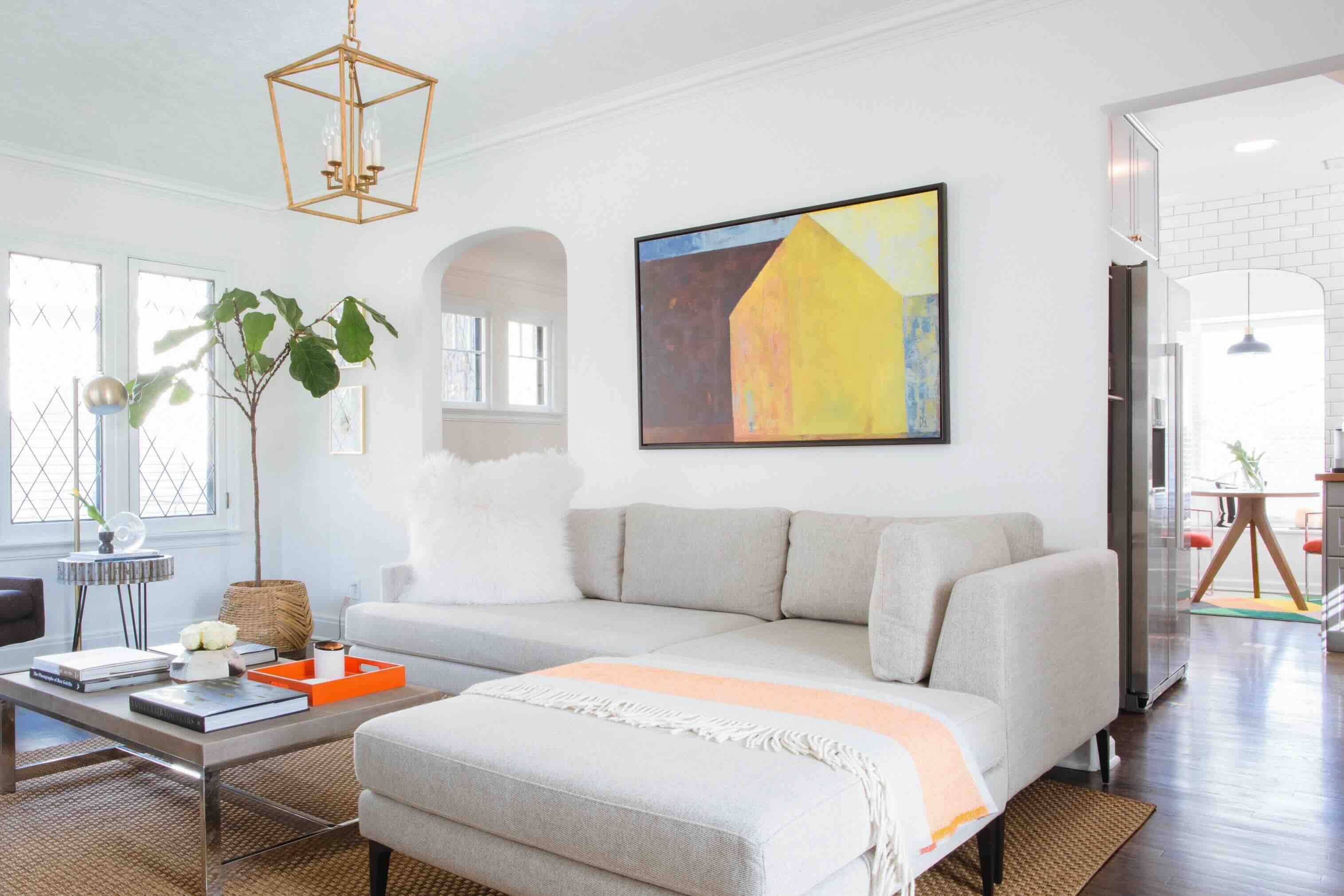
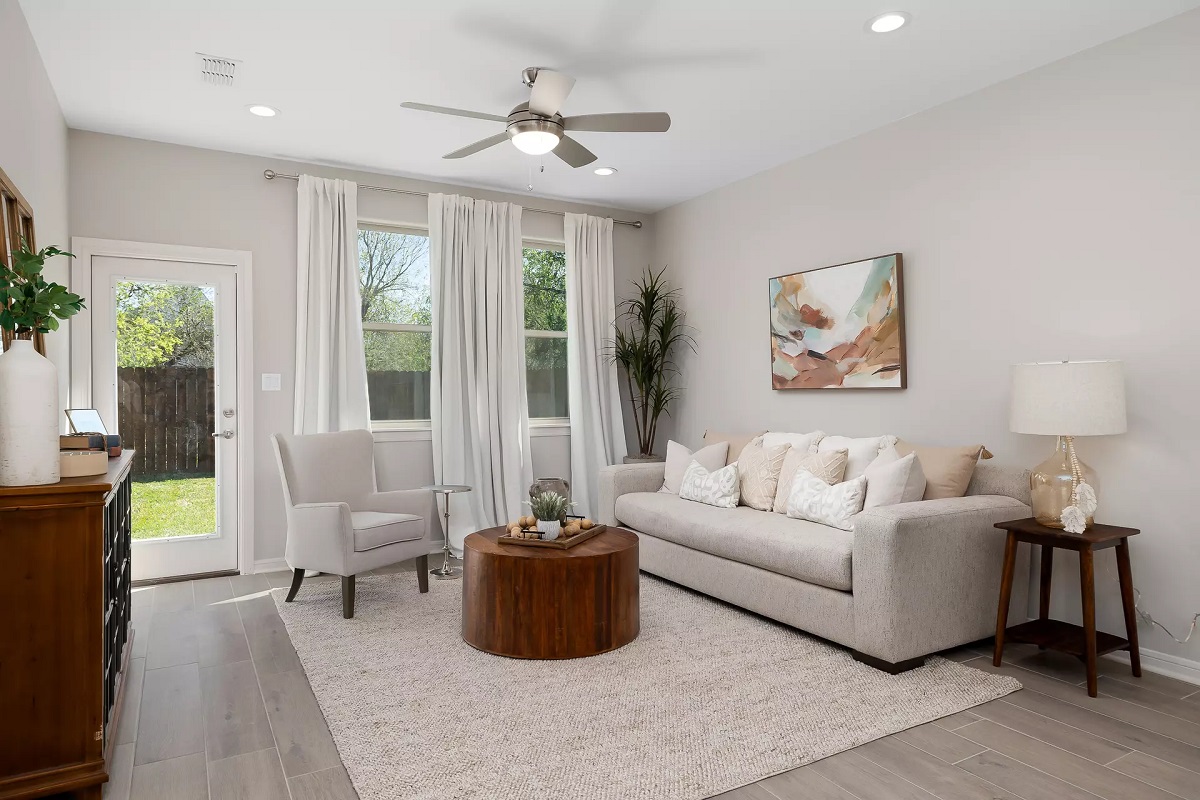
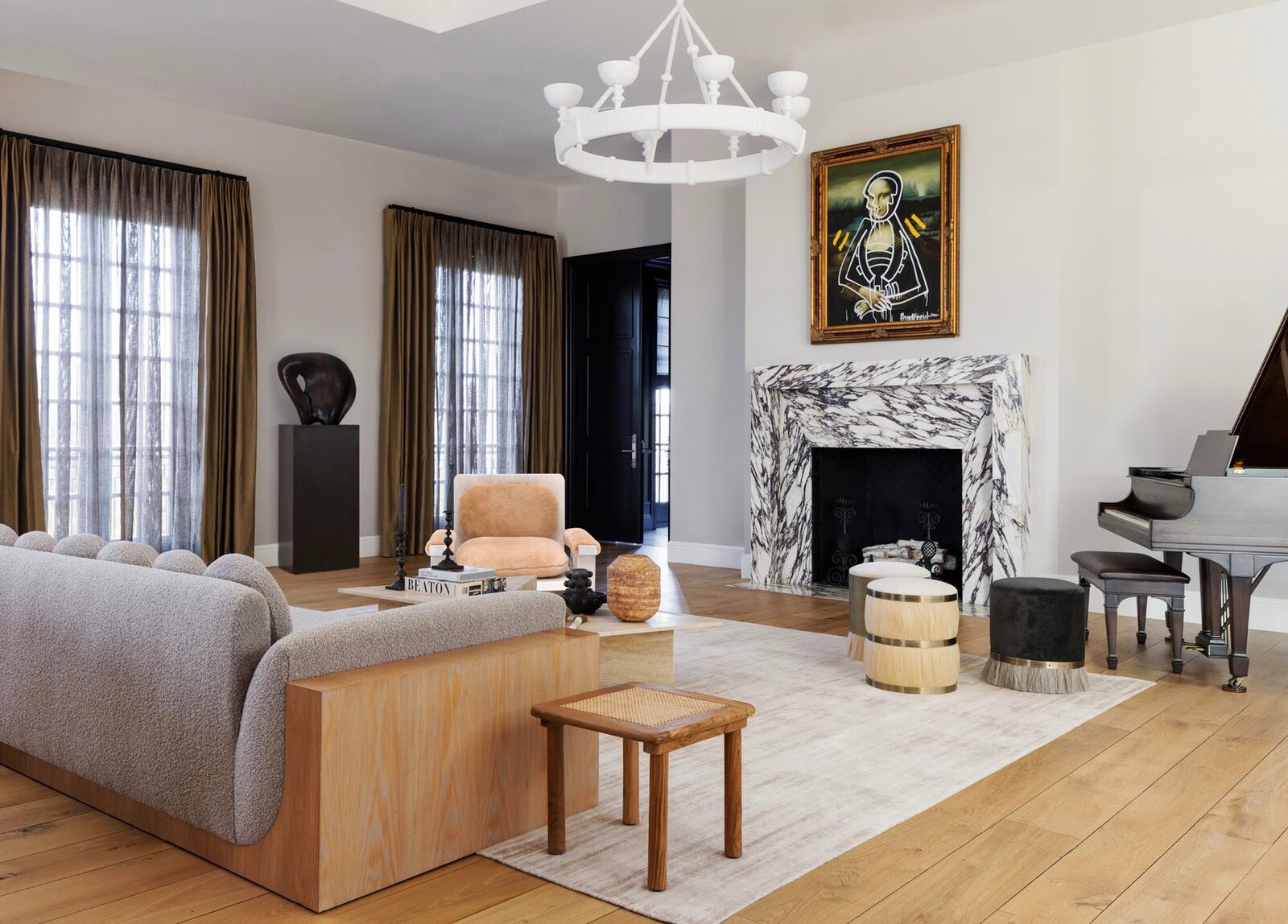
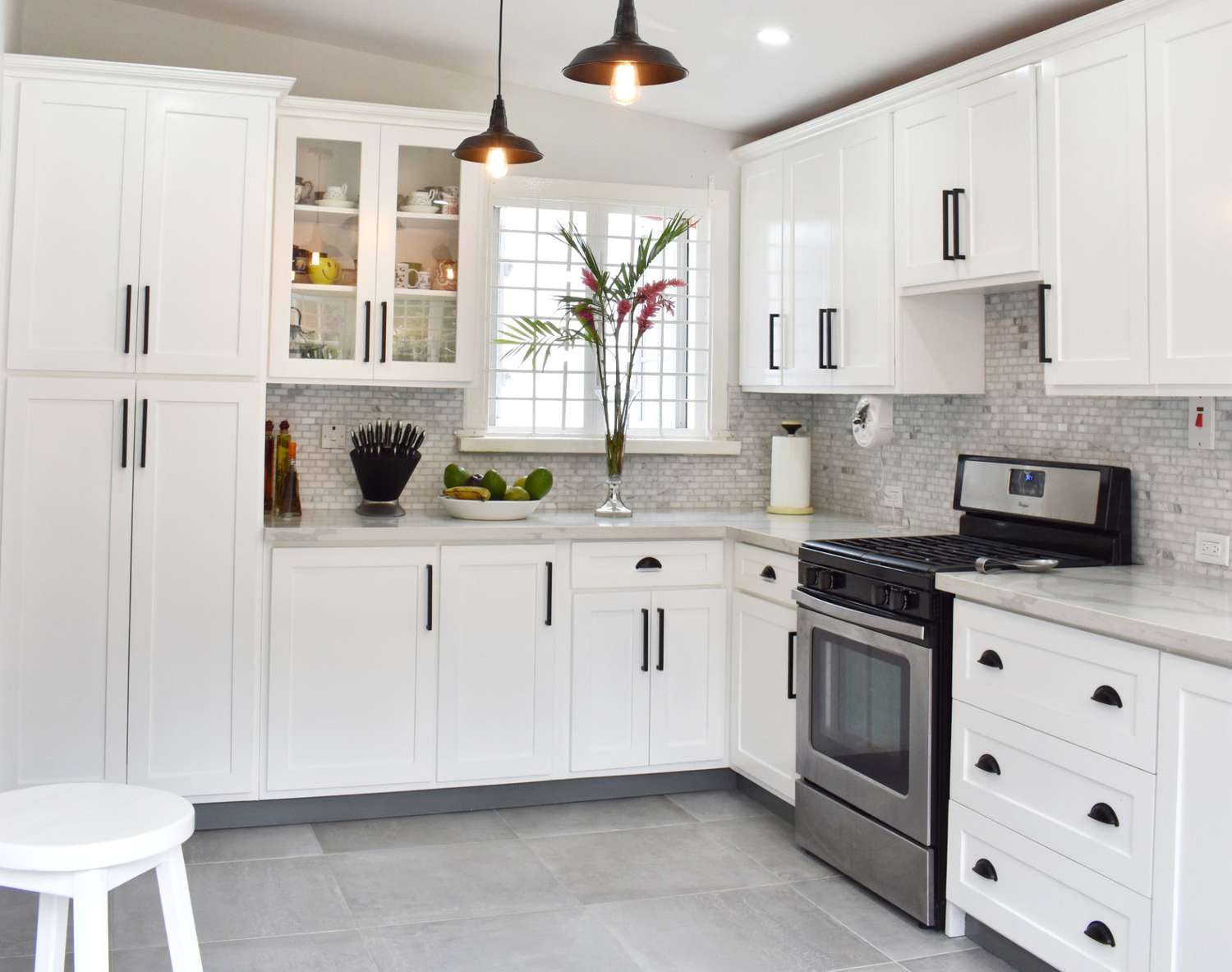
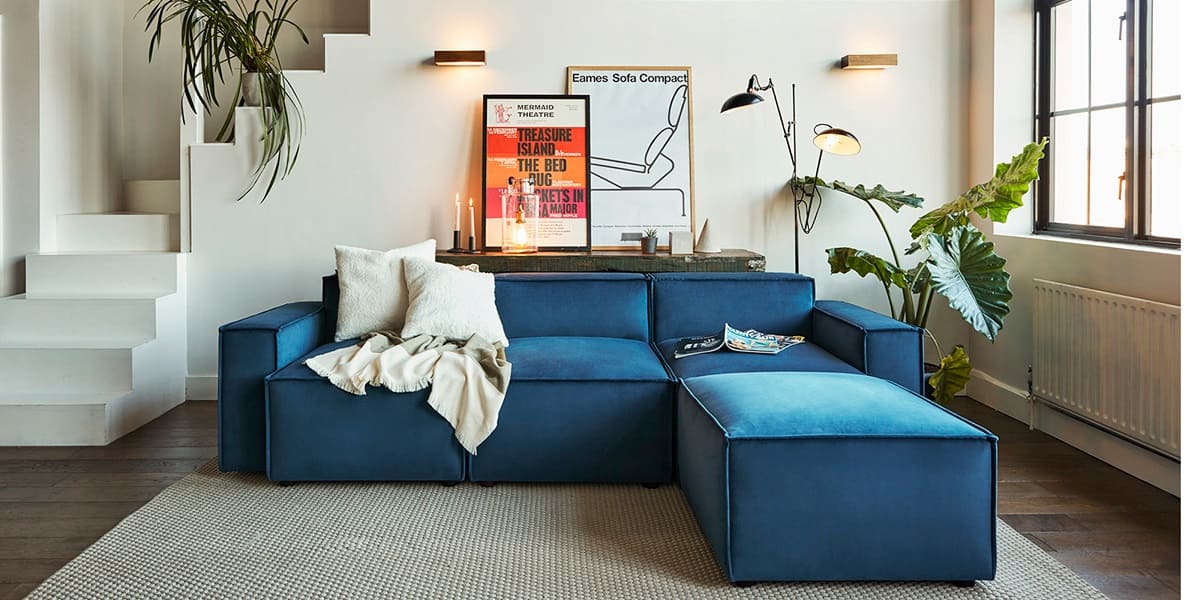
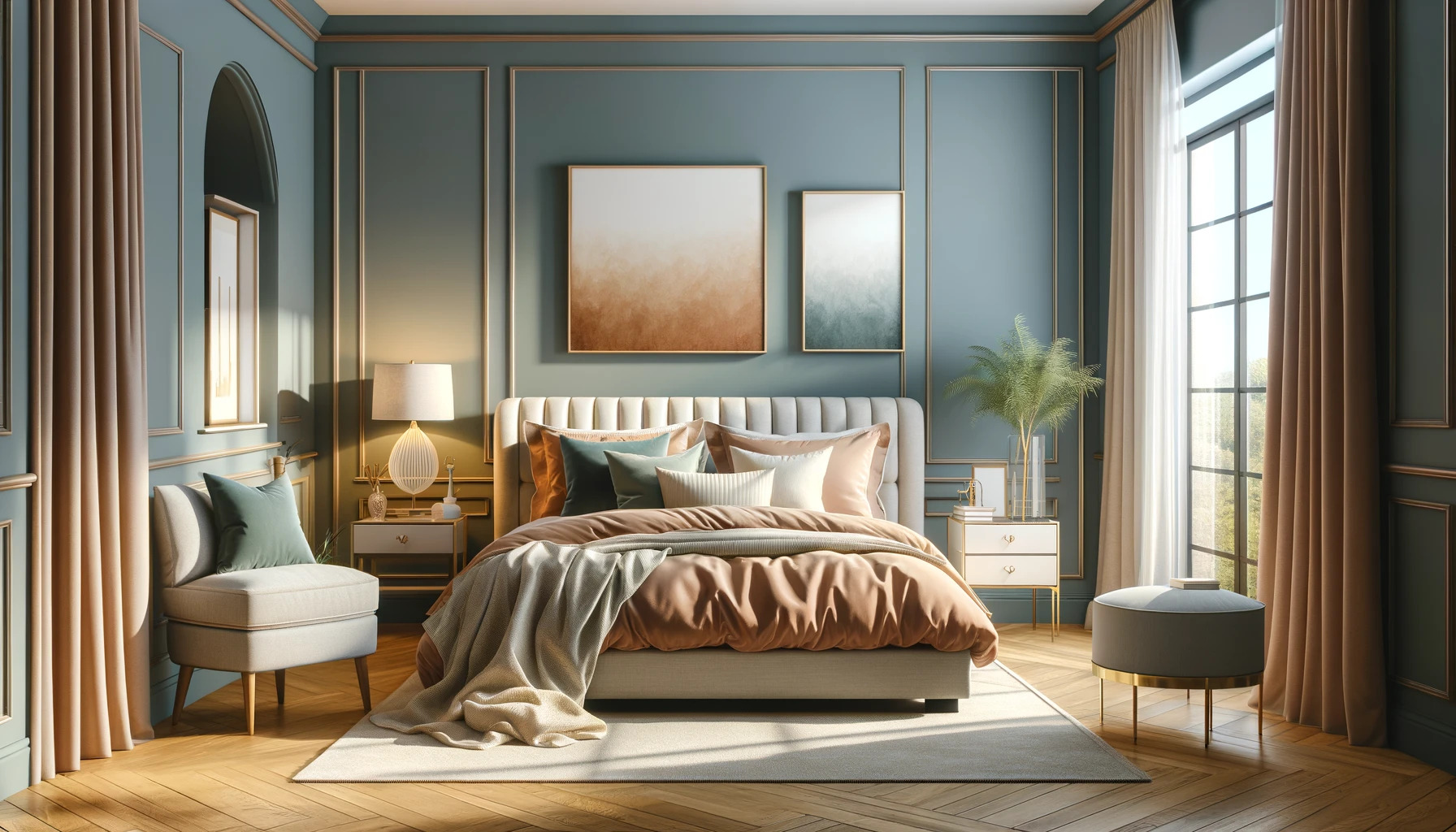
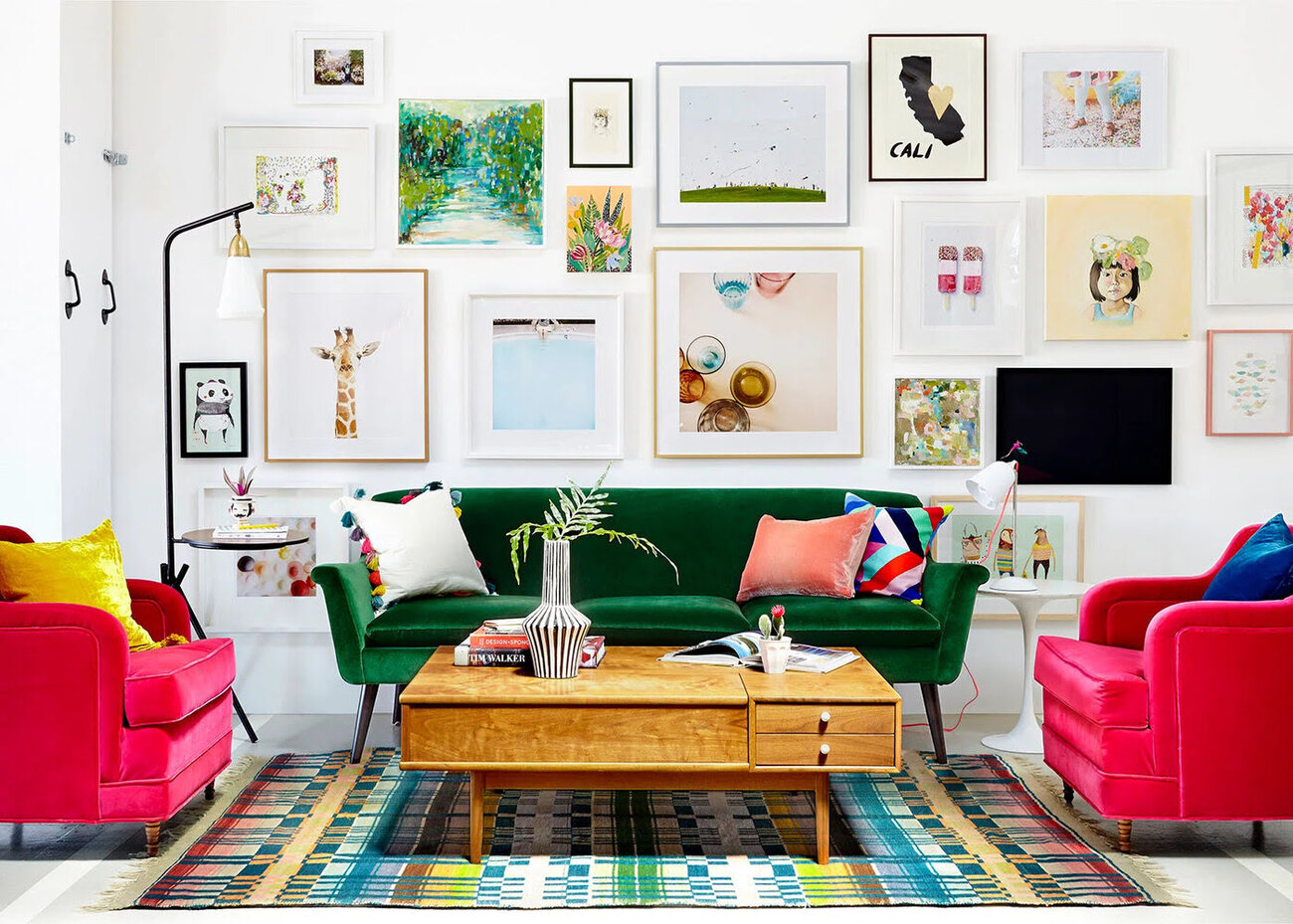
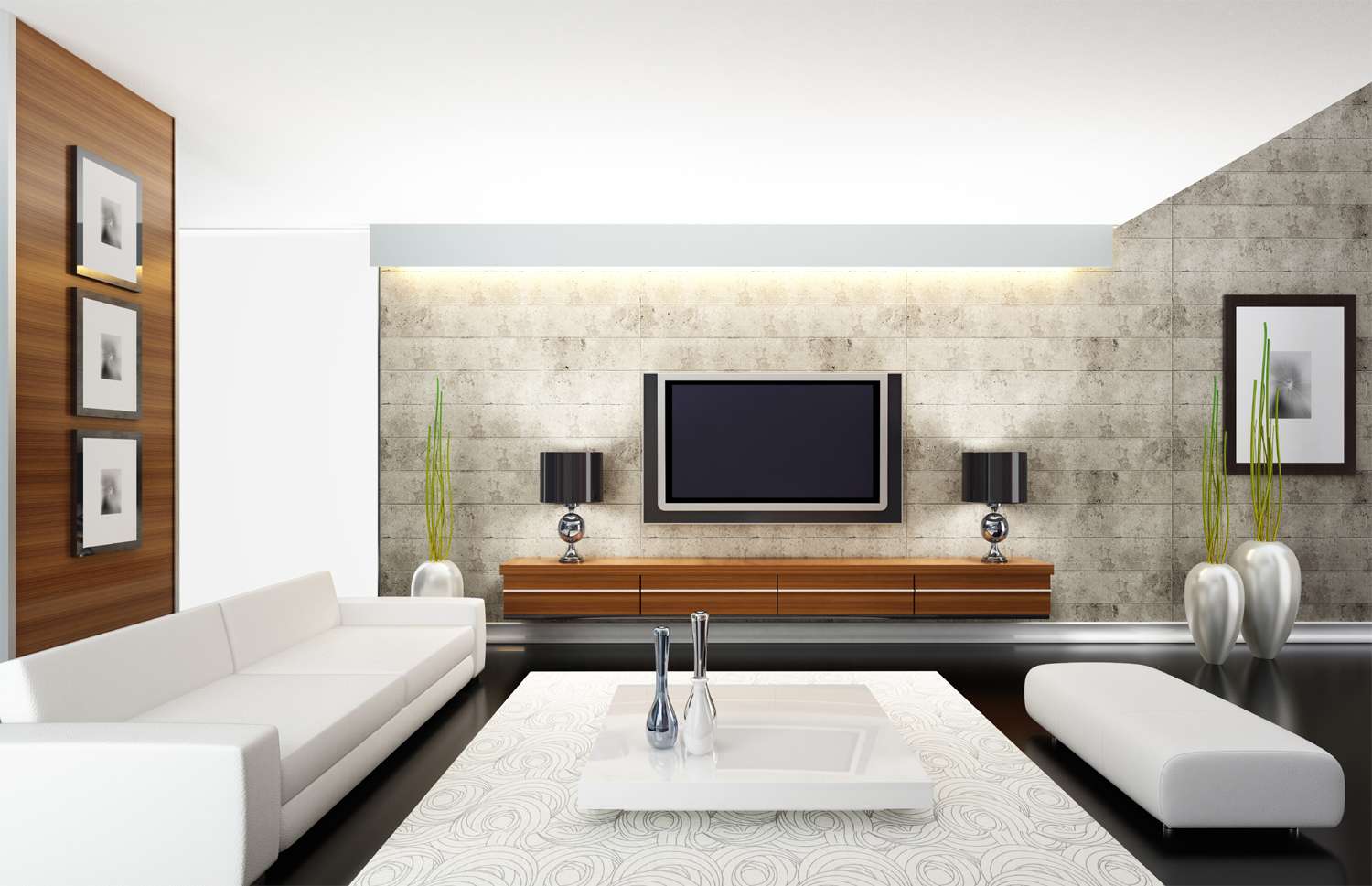

0 thoughts on “Should A Sofa Be Lighter Or Darker Than Walls? We Ask The Designers In The Know”